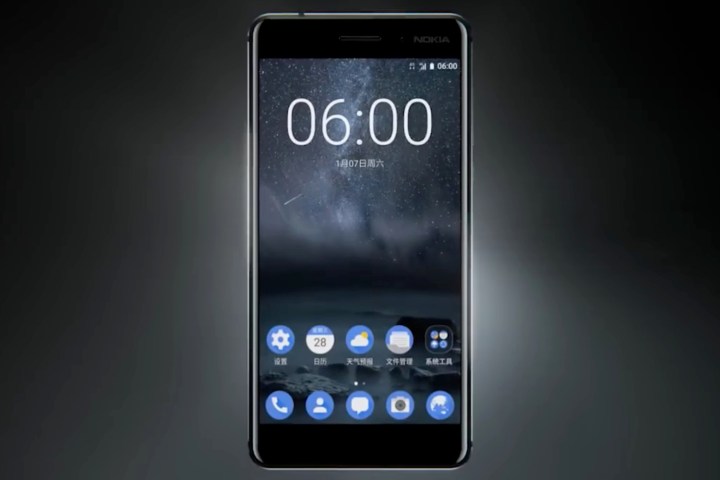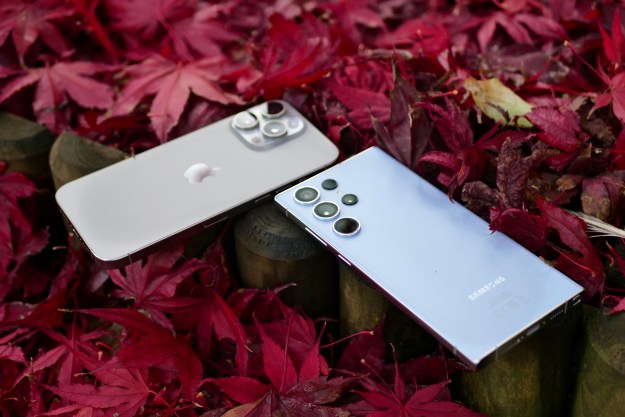
Of course, Nokia isn’t going solo this time — it is working with a company called HMD, which was created to build phones that will be released under the Nokia brand. The two are expected to launch a hefty six to seven phones this year.
So what does the Nokia 6 have to offer? Well, there’s good news and there’s bad news. The good news is that the device is running the “latest version of Android,” which is currently Android 7.1, has a unibody design that’s “milled out of a single piece of aluminum,” and offers a nice-looking 5.5-inch display with HD resolution. It also comes with a flagship-tier 4GB of RAM, and plenty of room for all your files, thanks to 64GB of storage. The device features a 16MP rear-facing shooter coupled with an 8MP front-facing camera. You get all of that for a low price of only $245.
Then there’s the bad news — the device has a somewhat low-powered Qualcomm Snapdragon 430 processor, and a USB 2.0 port — which isn’t what we would expect in 2017. It’s also only available in China. That’s right, if you were looking forward to being able to buy a Nokia-branded phone again but don’t live in China, you’re going to have to wait a little longer.
Still, the phone is pretty nicely designed, and if its looks are any indication of what to expect from future Nokia phones, there should be some impressive models on the ways. And, of course, it’s nice to have the Nokia name back in the phone business. The company has a long way to go if it ever wants to be back on top, but we’re excited to see it try.
Editors' Recommendations
- The first HMD Android phones are here, and they’re super cheap
- Google just released the first Android 15 beta. Here’s what’s new
- Android phones finally have their own version of AirTags
- Motorola’s new Android phone looks amazing, but there’s a catch
- An Android phone you haven’t heard of just won the charging game
